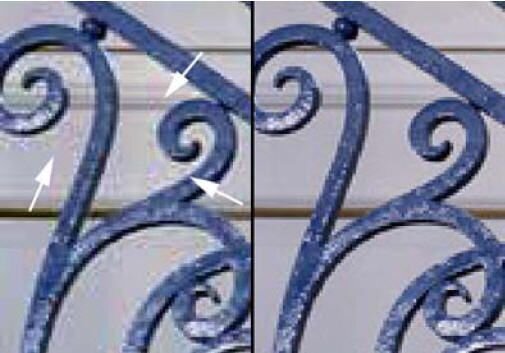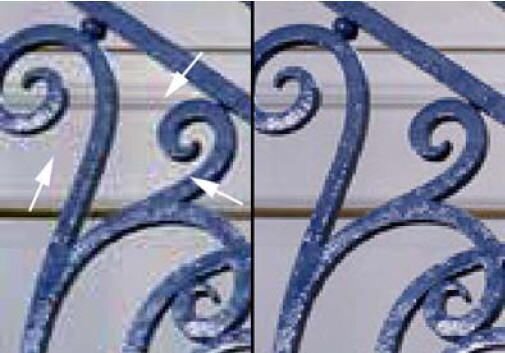I've learned a lot about providers (dish, directv, comcast, etc) and why some channels have better pq than others in their line up. Providers have to give you local stations, it's the law. That being said, what providers give us for local channels are very compressed signals and the quality of their equipment to uncompress it varies. I've also learned that the best PQ is going to be OTA, for it's not compressed. I just got an indoor OTA antenna, hooked it up to my Elite Pro-70 (waiting for the Dish dongle to connect it to the Hopper) and the OTA picture is better than any channel Dish provides; and that includes Dish's premiums which are less compressed of all the dish channels.
This may answer your question about what Mosquito noise is.
Definition of:mosquito noise
A distortion that appears near crisp edges of objects in MPEG and other video frames that are compressed with the discrete cosine transform (DCT). It occurs at decompression when the decoding engine has to approximate the discarded data by inverting the transform model. The mosquito noise appears as random aliasing in these areas and requires sophisticated detection circuits to eliminate it. As TVs get larger, mosquito noise and other artifacts become more noticeable.



